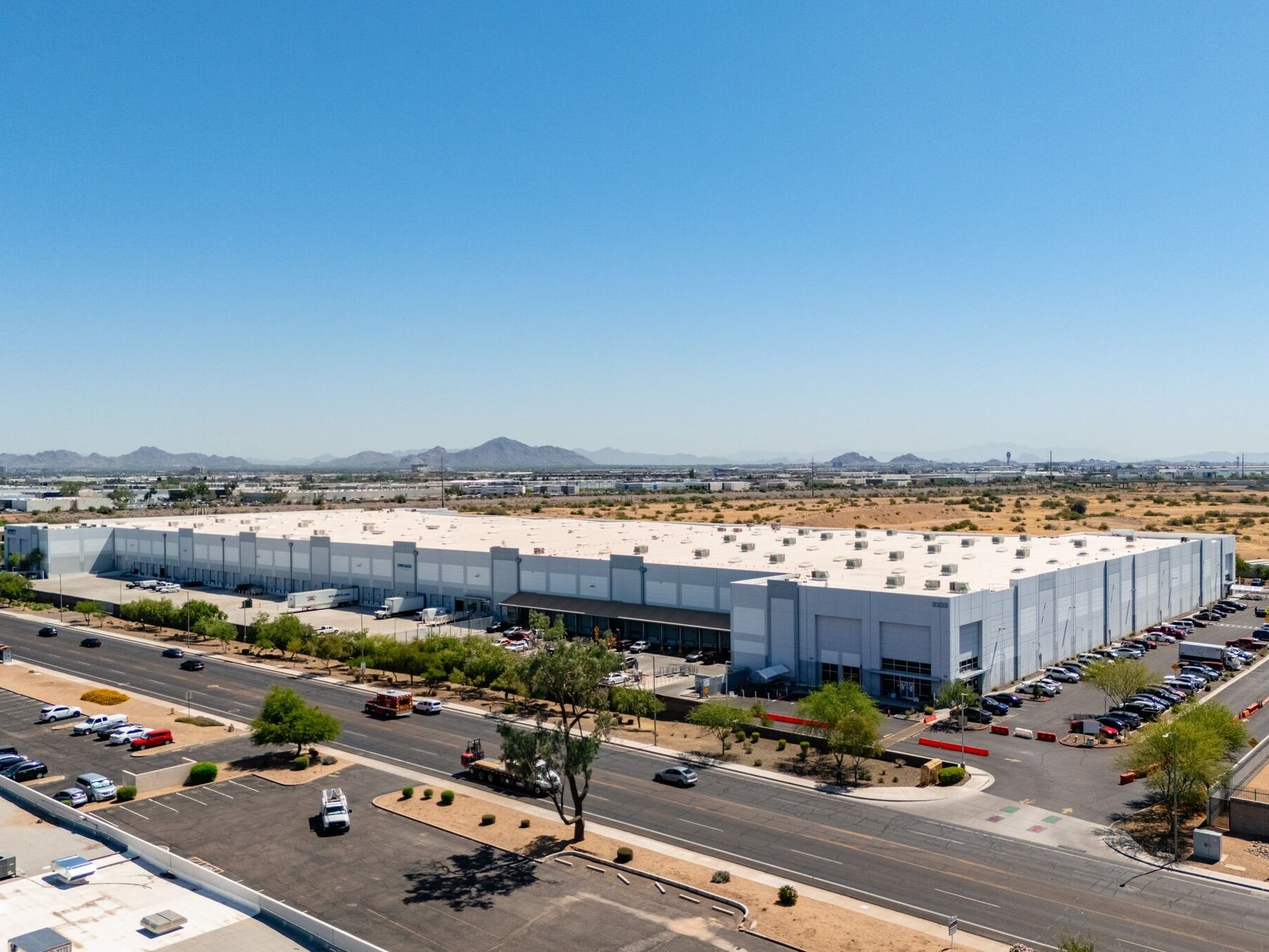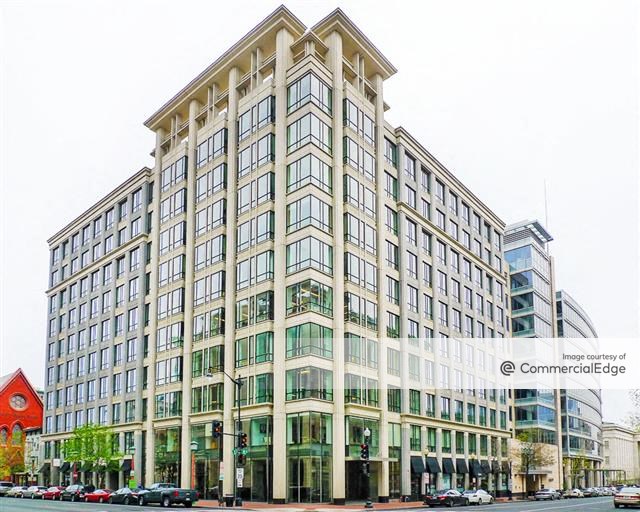New Forecasts and Considerations at 2021 ULI Spring Meeting
Investors are weighing a number of factors, including the type of risk their capital will assume and the convergence of yields.
On opening day of ULI’s Spring Meeting, commercial real estate experts dived into capital flows, alternative markets, investment currents and the upcoming challenges in the office sector. Panelists agreed on several topics of discussion, but in other areas they presented varying points of view that made for well-rounded and informative dialogues.
READ ALSO: Gray Lists Opportunities, Strategies During DLA Piper Summit
In the session titled “Global Capital Flows in Unprecedented Times,” experts shared their predictions for capital flows and the interest-rate environment. Karen Horstmann, head of equity acquisitions at Allianz Real Estate GmbH, said there’s no shortage of capital and that investors want to deploy it responsibly. There are abundant opportunities for investors, but they are thinking strategically about where to place their money and determining “what will persist and what might be a near-term fad,” Horstmann said.
Investors are taking the time to evaluate the sectors that are structurally sound and offer stable returns. Horstmann said investors are considering a number of factors, including the type of risk their capital will assume and the convergence of yields.
Recovery awaits
In a panel on the real estate economic forecast, experts gauged the path to economic recovery. The recovery will be K-shaped rather than V-shaped—a model that was projected last summer—according to Mary Ludgin, senior managing director & director of global investment research at Heitman. The labor force and the economy are still constrained, and although spending is going up, the labor market isn’t at the level it was before the pandemic.
Supply disruptions have driven inflation. It will take some time for jobs to return and inflation will climb, but the recovery will continue, fueled by widespread vaccinations, monetary policies and stimulus packages. Returns in private markets are moving up but increases in value will vary across sector.
With rising interest rates, cap rates will also fluctuate. Well-capitalized investors are under no pressure to sell distressed assets. Rates are going down instead of up, as “the relationship between cap rates and interest rates is complicated,” said Tim Wang, managing director & head of investment research at Clarion Partners.
Alternative markets on the rise
Executives discussed the impact of the pandemic on alternative assets like self storage and medical office. The perception of these sectors is changing due to durable cash flows, lower capital expenditures and lower volatility, said Wang, whose firm has invested $2.5 billion in life science assets. Demand currently outweighs supply for SFRs, and the sector has become more appealing to developers. Although the sector is institutionalizing, it can be challenging to scale, to find the right operator and to align with the right capital stack.
On the flip side, the self storage sector, which has traditionally seen a high supply, saw its surplus absorbed in 2020. This trend was generated by the life changes prompted by the pandemic, such as renters downsizing or moving in with family, or small-business owners seeking space to store their inventory and equipment.
Heitman’s Ludgin said her firm’s portfolio includes self storage assets in 13 countries on four continents. She added that although the sector is doing well, it’s not recession-proof and occupancy can be affected, though she hasn’t seen this make a significant dent on returns.
Watching office closely
While the office sector faced a slowdown during the pandemic as a result of the work-from-home structure, experts are confident the sector’s performance will improve. Benjamin Breslau, chief research officer, Americas, at JLL, said occupancy will start to climb after Labor Day. Firms are ready to bring their employees back, but Breslau believes “the office will have to do more in the future than it’s done in the past.”
Companies that were already prioritizing amenitization, health and well-being, as well as the quality of their space, will recover more quickly and outperform, said Breslau, adding that 50 percent to 60 percent of businesses will likely choose a hybrid work model.
Nathalie Charles, global head of investment management at BNP Paribas REIM said owners and operators will have to take care of what’s inside their buildings to encourage their tenants to return. Going deeper into how the space caters to the people who occupy it will be critical to retaining a good percentage of tenants.
The benefits of in-person interaction are still valuable, and company leaders recognize that. The return to the office is inevitable, but it will be influenced not only by what tenants are willing to pay and by the renewal probability rates, but also by the way the space feels and the effectiveness of the collaborative areas and wellness systems that are in place.






